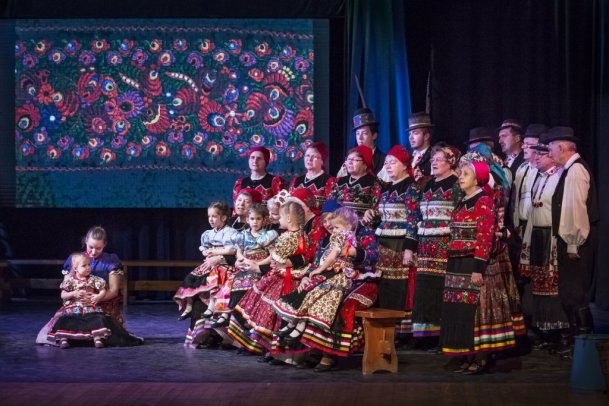The Convention for the Safeguarding of the Intangible Cultural Heritage was adopted by the General Conference of UNESCO in 2003. Hungary ratified the Convention in 2006.
The aim of the Convention is to increase visibility and public awareness of the intangible cultural heritage in society. The objective is to facilitate and foster mutual recognition and respect for human creativity by exposing the broadest possible audiences to the diverse expressions of the intangible cultural heritage.
Elements of the National Inventory:
- The ’Master of Folk Art’ Awardees’ Knowledge and Activity (2008)
- ‘Busó‘ Festivities at Mohács – a Masked End-of-Winter Carnival Custom (2008)
- The Mutton Stew Tradition of the Cumania Region in Karcag (2009)
- Living Traditions in the Cultural Space of Kalocsa – Embroidery, Costume, Ornamental Wall Painting and Folk Dance (2009)
- Pottery Tradition of Mezőtúr (2009)
The Living Tradition of Lacemaking from Halas (2010) - Falconry in Hungary (2010)
- Matyó Heritage – Living Traditions of Embroidery, Costume and Folklore (2010)
- Pentecostal Church Decorating in Mende – Religious Custom for Greeting the Spring (2011)
- Emmaus in Bóly - Folk Custom on Easter Monday (2011)
- ’Tikverőzés’ in Moha – a Masked Carnival Custom (2011)
- Folk Art of Sárköz – Weaving, Embroidery, Beading and Costume (2012)
- The ’Miller’s Wafer’ Tradition in Borsodnádasd (2012)
- The Tradition of the Bulrush Weaving in Tápé (2013)
- Artisanal Fishing in the Lower Region of the Danube (2013)
- Celebration of the ’Grapevine Bud Break’ in Kőszeg (2013)
- The Tradition of Plum Jam Preparation in Szatmár-Bereg Region (2013)
- ’Csobánolás’ – Nativity Play of the Székelys of Bukovina (2013)
- The Living Tradition of the Quarters’ Trade of Eger (2014)
- Pottery Tradition of Magyarszombatfa (2014)
- The Tradition of the Kossuth’s Cult of Cegléd (2014)
- Student Traditions of Selmec – Survival of the Student Traditions of the Mining and Forestry Academy of Selmecbánya in the Successor Institutions (2014)
- The Hungarian Tradition of Blueprintig (2015)
- Logpulling of the Slovenians of the Rába Region (2015)
- The Pilgrimage Tradition of the Devotion to the Virgin Mary in Hungary (2016)
- Circus Arts in Hungary (2016)
- The ‘Remélés’ − a masked Carnival Custom in Novaj (2016)
- Soldiers of Christ in Hajdúdorog – Lads with Swords in ’The City, which is Most Loyal to the Greek Catholic Faith’ (2016)
- Bagpipe Tradition in Hungary (2016)
- Höveji csipkevarrás élő hagyománya (2017)
- Nagyecsedi magyar és cigány tánchagyományok (2017)
Elements inscribed in the Lists of the Intangible Cultural Heritage Convention:
- Busó festivities at Mohács: masked end-of-winter carnival custom (Representative List, inscription: 2009)
- Táncház method: a Hungarian model for the transmission of intangible cultural heritage (Register of Good Safeguarding Practices, inscription: 2011)
- Falconry, a living human heritage (Representative List, inscription: 2012) (together with 17 countries)
- Folk art of the Matyó, embroidery of a traditional community (Representative List, inscription: 2012)
- Safeguarding of the folk music heritage by the Kodály concept (Register of Good Safeguarding Practices, inscription: 2016)
More information about the elements of Hungarian Intangible Cultural Heritage, the protecting organisations and the work of the Hungarian Intangible Cultural Heritage Department can be found on the website of the Department.



















